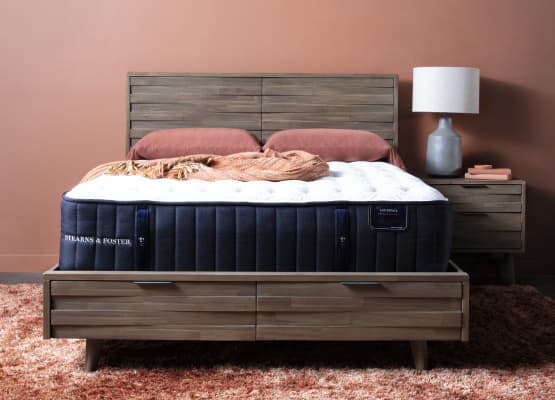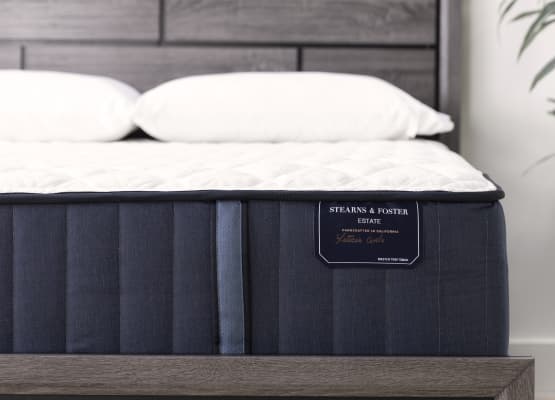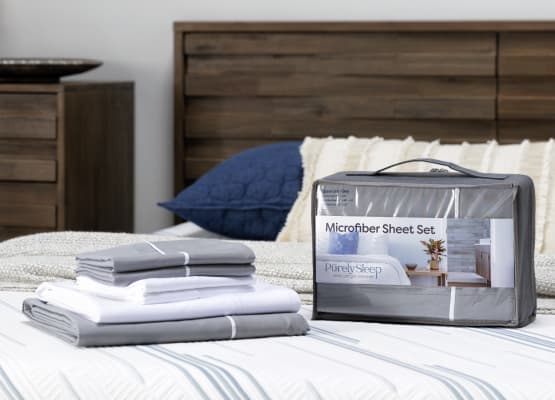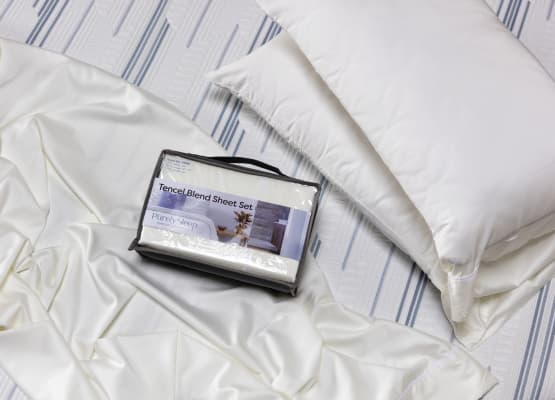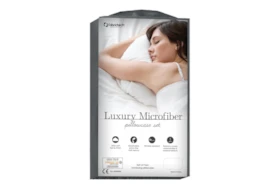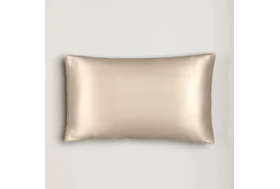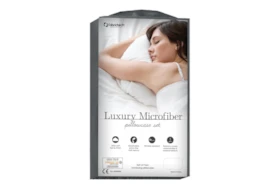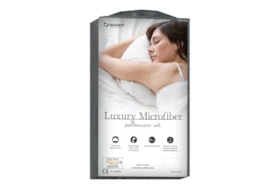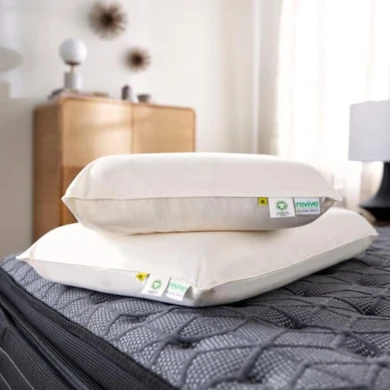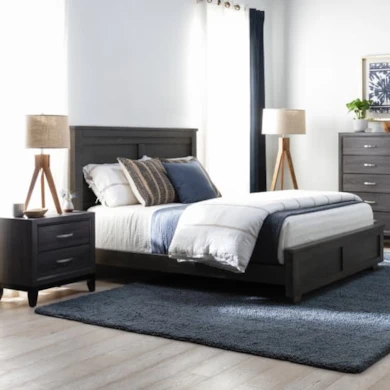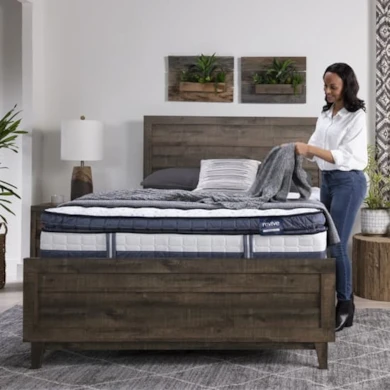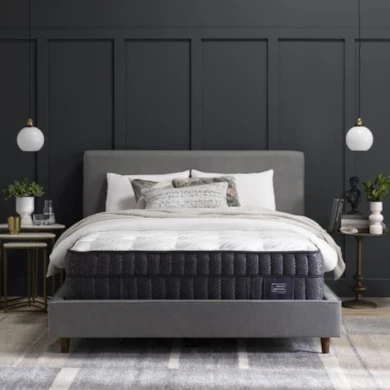Standard Pillowcase Size Chart: Find Your Best Fit
For every pillow size, there is a corresponding pillowcase size. Having a pillowcase that fits your pillow is ideal, so it's good to know the dimensions of the different sizes. That way, when you're out shopping for pillowcases or buying pillowcases online, you'll know exactly what to look for.
First, let us have a look at some of the key reasons we use pillowcases in the first place. Then, we'll go into a bit more detail about the sizes and types of pillows.
What Is the Purpose of Pillowcases?
Some people argue that pillowcases aren't necessary at all. Considering how quickly pillows can accumulate dust, dust mites, and other harmful allergens, this is a redundant argument.
Keeping Your Pillows Clean
- Pillowcases are washable, whereas pillows themselves are significantly harder to wash. They add an extra layer of protection for your skin, not to mention your lungs. Without the ability to regularly wash your pillowcases, you would be exposing yourself to the dirt, dead skins cells, and saliva that has accumulated on your pillow over time.
Reduce Symptoms of Asthma
- According to the American Academy of Allergy, Asthma, and Immunology, "Dust mite allergens are a common trigger of allergy and asthma symptoms.'' This makes using pillowcases of utmost importance for those suffering from asthmatic attacks.
Help Your Pillows Last Longer
- Regularly washing your pillowcases reduces the build-up of unwanted dirt inside your actual pillow, increasing their lifespan. Rather than having to dump your pillows every several months, pillowcases are a way of making them last longer.
What Are the Standard Pillowcase Sizes?
| Standard Size | 20 in x 26 in | 51 cm x 56 cm |
| Queen Size | 20 in x 30 in | 51 cm x 76 cm |
| King Size | 20 in x 36 in | 51 cm x 92 cm |
| Body Size | 20 in x 54 in | 51 cm x 137 cm |
Standard Size Pillowcases
Queen Size Pillowcases
King Size Pillowcases
Body-Size Pillowcases
The Bottom Line
Pillowcases are essential for a healthy night's sleep, despite what some of your friends might say about their necessity. They add an extra layer of protection between you and the harmful allergens that accumulate in your pillow over time. They protect the skin and lungs from dust, dust mites, and other nasty things – and they're especially important for those who suffer from asthma.
Every pillowcase has a corresponding pillowcase size and knowing what to look for before making any purchases is a good idea!
— More Great Articles —
Pillowcases, Bedding + More
Read the Latest
Editorial Disclaimer: Articles featuring tips and advice are intended for educational purposes and only as general recommendations. Always practice personal discretion when using and caring for furniture, decor and related items.

